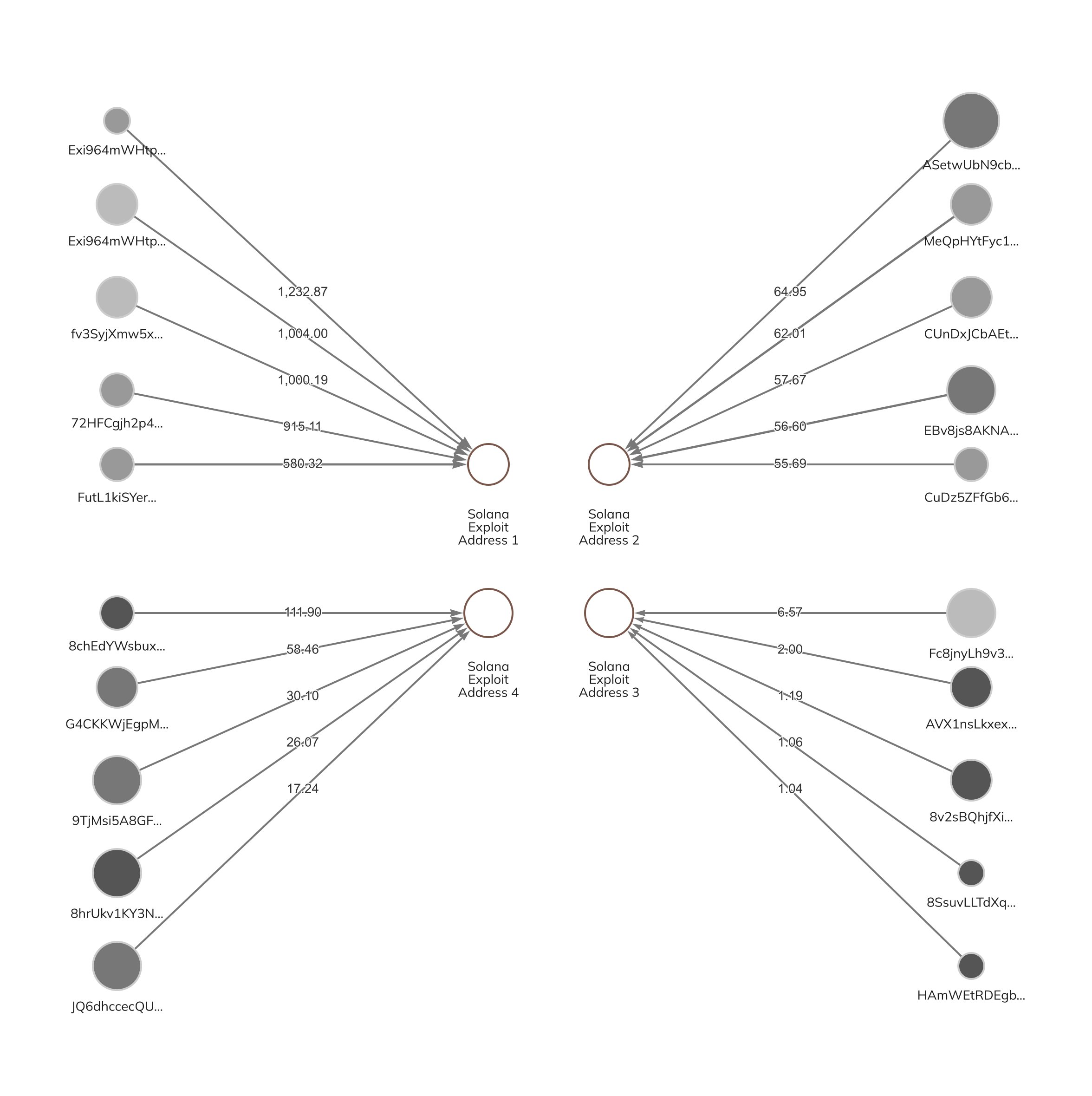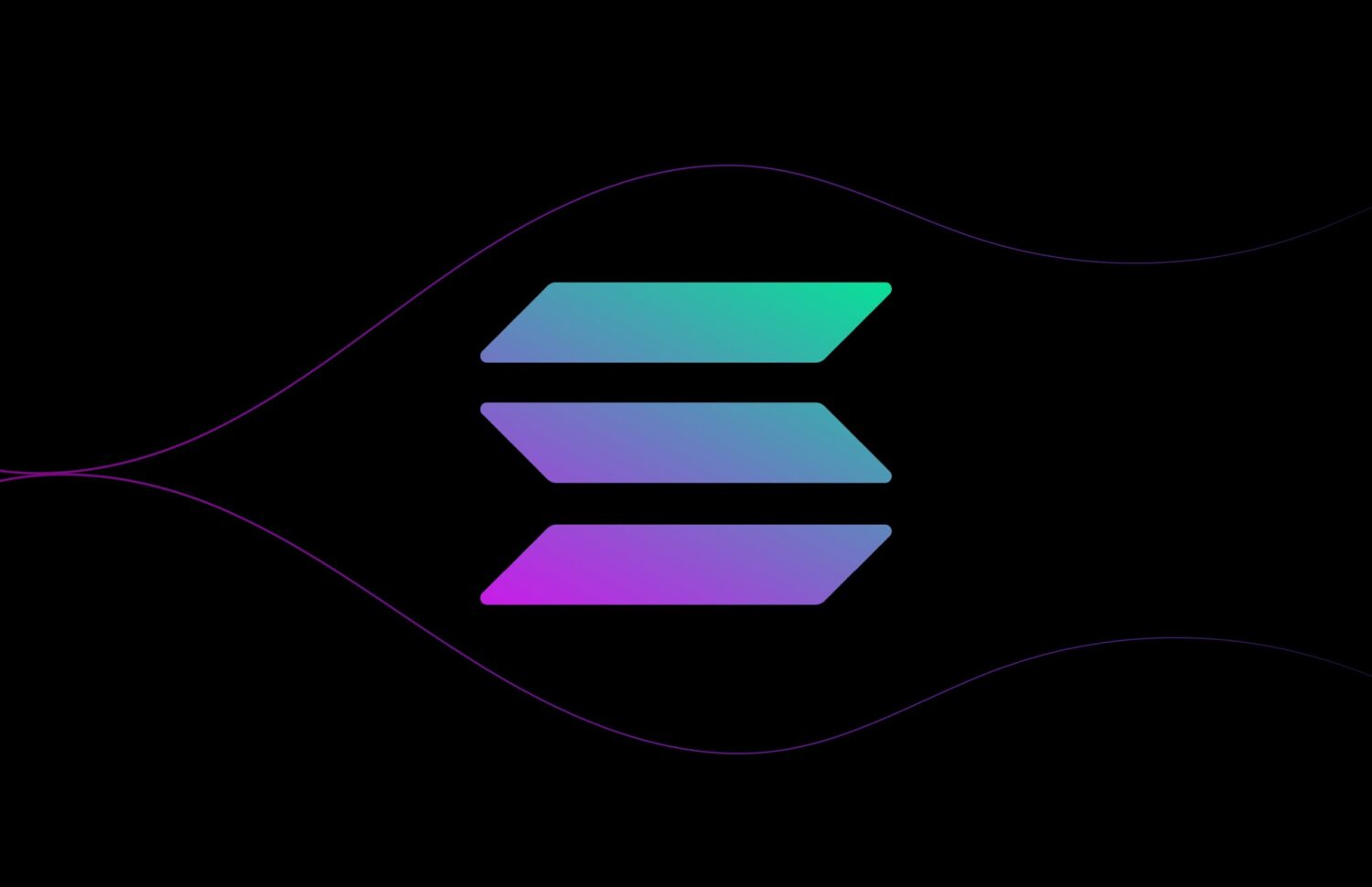Solana is a low-fee, high-speed public blockchain designed to overcome the scalability problems of Bitcoin and Ethereum. It currently processes between 1,500 and 3,500 transactions-per-second (TPS) on average, with a maximum of 65,000, while Bitcoin and Ethereum process only 3-7 and 12-16, respectively. What’s more, Solana’s average transaction fee is just a fraction of a penny.
How does Solana work?
Solana achieves its rapid transaction speeds and low fees by combining proof-of-stake with a consensus mechanism known as proof-of-history (PoH). In Solana’s PoH model, transactions are time-stamped and cryptographically hashed as they occur on the blockchain, and validators use these hashes to establish the order in which each transaction is confirmed.
Who created the Solana blockchain – and when?
Solana was developed by computer scientist Anatoly Yakovenko and entrepreneur Raj Gokal in November of 2017. Solana’s first (“genesis”) block was created less than three years later, on March 16th, 2020.
What is Solana used for?
NFTs
One space where Solana is growing rapidly is in NFTs. While Solana still trails Ethereum in total NFT trading volume, it has surpassed it in at least one 24-hour period, and Solana’s low-fee structure has made it much more affordable for creators to launch new projects. As a result, over 19 million NFTs have already been minted through Metaplex, an NFT tooling protocol on Solana, and millions more have been created and traded elsewhere.
Gaming
Another arena in which Solana’s scalability is valuable is gaming. A number of gaming marketplaces and play-to-earn games have found a home on the Solana blockchain, including:
- Fractal, a gaming-focused NFT marketplace created by Justin Kan, the co-founder of Twitch
- STEPN, a category-defining move-to-earn game with 24-hour trading volumes as high as $180 million
- EV.io, a browser-based play-to-earn first-person shooter (FPS) built by Addicting Games, a popular flash game publisher from the early 2000s that has since pivoted to mobile and HTML5 games
As we observed in our State of Web3 Report, many of the biggest blockchain games in operation today got their start on Ethereum, before Solana’s genesis block was even created. So as for what blockchains will host the next breakthrough games – or whether the crypto games of the future will go multi-chain – it’s hard to say.
DeFi
Solana is also at the forefront of decentralized finance. Serum, for example, is an FTX-designed, fully on-chain central limit order book that the developers of applications like trading interfaces can plug into. Mango is also interesting: it’s one of the few decentralized marketplaces in the entire DeFi ecosystem to offer leveraged products like perpetual futures.
Is Solana traceable?
Much like Bitcoin, Solana is a public blockchain, and therefore transparent. This means that anyone can examine any Solana transaction using a block explorer like Solscan. That being said, block explorers are notoriously hard to read – especially when illicit actors make use of advanced obfuscation techniques. This is why investigators use blockchain analytics tools like Chainalysis Reactor and Storyline: to visualize and simplify complicated blockchain transactions.
For example, our investigators recently used Chainalysis Reactor to analyze the Slope wallet exploit on Solana. We found that over 8,000 wallets had been targeted by just four exploiter addresses – and visualized the biggest of these transactions graphically.

We’re eager to roll out these Solana graphing capabilities to customers soon.
What is the future of Solana?
True to form, Solana is continuing on its path towards faster transaction speeds, lower fees, and greater accessibility. The non-profit Solana Foundation is rapidly expanding Solana’s developer ecosystem as well. The number of active Solana developers grew by more than 400% from 2020 to 2021, and over 30,000 people have participated in Solana’s hackathons, collectively raising over $500 million in seed funding.
Solana is also going mobile. Currently under development is a Solana phone, a Solana Mobile Stack software development kit (SDK), and network upgrades that introduce concepts like fee markets and the QUIC protocol.
